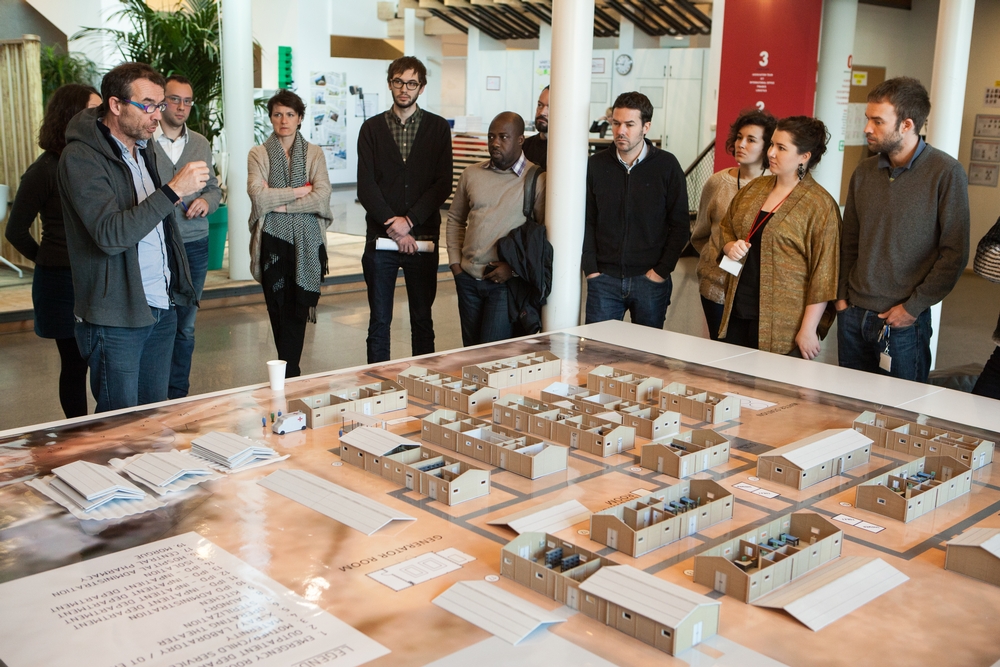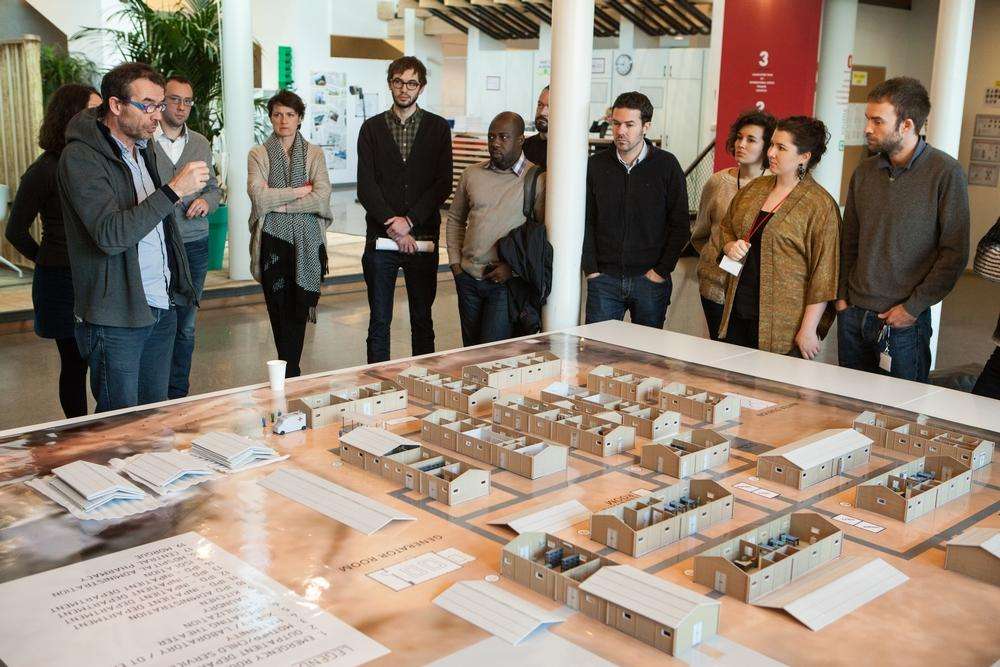NEW YORK/BRUSSELS, MARCH 23, 2016 — Doctors Without Borders/Médecins Sans Frontières (MSF) has successfully tested 3-D printing and virtual reality technology to design hospitals that better meet the needs of patients.
Elvina Motard, MSF technical team leader, worked with expert consultants to take existing plans for a hospital MSF built in Cantahay, the Philippines, following devastating Typhoon Haiyan in 2013, and made them digital. They then 3-D printed the facility and developed a virtual reality experience in a game engine that generates a virtual world. In this world, the user can navigate through the center using a virtual reality headset and a game pad.
“Such technologies will undoubtedly make discussions more efficient, more vivid and more graphic,” said Jean Pletinckx, MSF director of logistics. “They will allow people to really see themselves inside our future hospital and this will improve hospital design as well as training and briefings. It will also allow our partners, like local ministries of health, to better understand what we can provide and better feedback on our suggestions.”
From war zones and disasters to villages hundreds of miles away from the nearest city, MSF works in vastly different regions and environments. Typically, MSF’s medical and logistical teams work together to draft 2-D drawings before building a hospital. This new approach will arm doctors on the ground with new tools and make sure they have facilities that are best-designed for the environments in which they are located. This technology will also help MSF train doctors by showing them exactly what a hospital can do before they begin working there
“The idea of this project was really to see how we can make use of 3-D printing technologies and virtual reality to help MSF better design our hospitals,” Motard said.

The 3-D printing and virtual reality technology project took four months to complete and will take less time in the future now that all of the 3-D items created during this test phase are available for use. While Cantahay hospital was a “proof of concept” developed in an existing facility, in the near future 3-D models will be able to be sent digitally anywhere in the world and viewed on any web browser so field staff can view and evaluate the design before the first bricks are laid. This will ensure that the facility is designed in a way that will be most efficient and effective for doctors and patients.
“As the project develops further, it will be possible to create a dynamic environment, simulating patient and staff movements” Pletinckx said. “We are at a stage now where our staff will really be able to feel or see what they will face in the field before they leave and indeed, even before the structure is built. There is no doubt that this is the way we will work in the future.”




